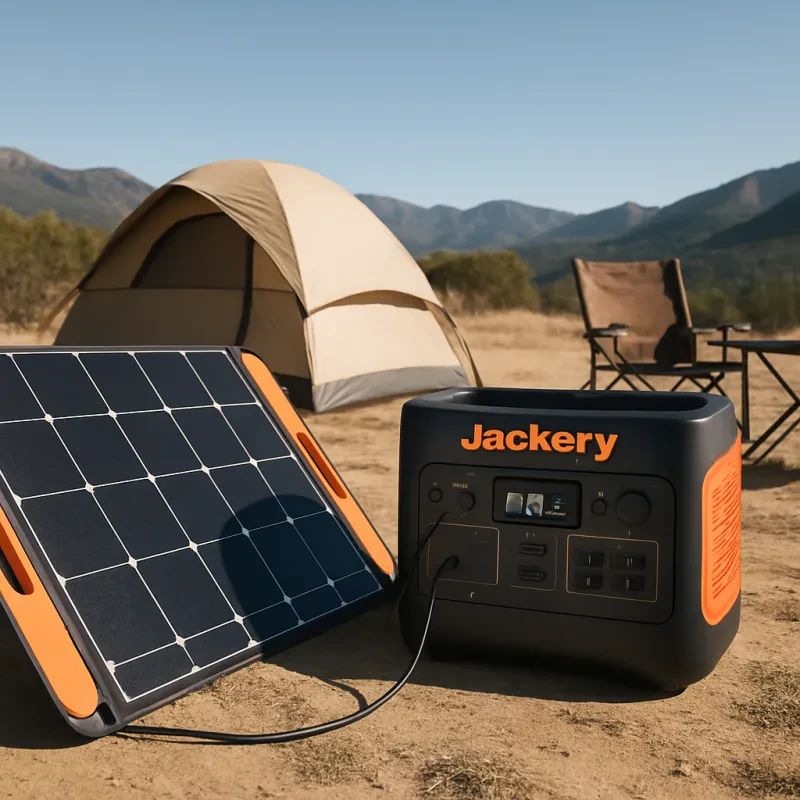When it comes to portable chargers, there are several types available, each catering to different needs and preferences. Understanding these types can help you choose the right one for your devices. Let's explore the most common types of portable chargers you might encounter.
First up are power banks, the most popular and versatile option. These devices come in various sizes and capacities, allowing you to charge multiple devices simultaneously, depending on the power bank's output. They typically have built-in USB ports and can charge anything from smartphones to tablets. Power banks are great for everyday use, especially if you’re often on the go.
Next, we have solar chargers. Perfect for outdoor enthusiasts, these chargers utilize sunlight to recharge their internal batteries. They often come with USB ports, allowing you to charge your devices while you're camping, hiking, or enjoying a day at the beach. Keep in mind that solar chargers can take longer to recharge, especially on cloudy days, so they are best paired with a power bank for quick charging on the move.
Another interesting option is the wireless charger. This type eliminates the need for cables by using electromagnetic fields to transfer energy between the charger and your device. Simply place your smartphone or compatible device on the charging pad, and you’re good to go. Though they tend to be slower than traditional chargers, wireless chargers are incredibly convenient for those who prefer a clutter-free approach.
Lastly, we have portable charging cases. These are protective cases for your phone that come with built-in batteries. They’re a favorite among users looking for an all-in-one solution since they not only keep your phone safe but also provide extra battery life when needed. Charging cases are particularly handy for long days out when carrying an extra charger might not be feasible.
Choosing the Right Capacity
When selecting a portable charger, one of the most crucial aspects to consider is its capacity, typically measured in milliampere-hours (mAh). The capacity indicates how much energy the charger can store and deliver to your devices. Understanding your needs will help you choose the right capacity to keep your devices charged without any hassle.
For casual users who primarily charge smartphones or small devices, a portable charger with a capacity of 5,000 to 10,000 mAh is often sufficient. This range can typically recharge a smartphone one to two times, making it ideal for daily use or short trips. If you frequently find yourself on the go, look for chargers that fall within this capacity range, as they are usually compact and easily portable.
If you’re an avid traveler or rely on multiple devices, like tablets or smartwatches, consider chargers with a capacity between 10,000 and 20,000 mAh. These chargers can easily provide multiple charges for your smartphone and can handle charging larger devices, ensuring you stay powered throughout your adventures. Many of these options also come with multiple USB ports, allowing you to charge several devices simultaneously.
For heavy users or those planning extended trips without access to power outlets, opt for portable chargers with capacities exceeding 20,000 mAh. These powerful chargers can keep several devices charged multiple times, making them perfect for camping trips or long flights. Just keep in mind that while larger capacity chargers are great for their power, they may be bulkier and heavier to carry.
Understanding Charging Speeds
When it comes to portable chargers, one of the most crucial factors to consider is charging speed. Understanding the different charging speeds can help you select a power bank that meets your needs, ensuring that your devices stay powered up when you need them the most. Charging speed is typically measured in watts (W), voltage (V), and amperage (A). By getting to know these terms, you can make more informed decisions when purchasing a portable charger.
The amperage indicates how much current a charger can deliver. A higher amperage means a faster charging time, so if you're in a hurry, look for chargers that offer 2A or higher. On the other hand, the voltage measures the electrical potential that pushes the current through. Most charging specifications will combine these two measurements to give you a better understanding of the wattage. For instance, a charger with 5V and 2A will output 10W of power, implying a quicker charge compared to a lower wattage charger.
Another exciting aspect of charging speeds is the technology behind them. Many modern portable chargers support fast charging technologies like Qualcomm Quick Charge or USB Power Delivery. These technologies can significantly reduce charging times while ensuring efficient and safe power delivery. To take advantage of these fast charging features, you'll need compatible devices and cables, so always check the specifications before committing to a purchase.
Lastly, it's not just about charging speed but also about compatibility. Different devices might respond differently to various chargers. For instance, some smartphones may accept higher input from fast chargers while others might not. Understanding your devices’ limits will allow you to use the most appropriate portable charger without risking damage or inefficiency.
Features to Consider When Buying
When shopping for a portable charger, there are several features you should keep in mind to ensure that you choose the right one for your needs. First, consider the battery capacity, usually measured in milliamp hours (mAh). A higher mAh rating means more power stored, allowing for multiple charges of your devices before needing a recharge. For instance, a 10,000 mAh power bank can typically charge a smartphone two to three times, while a 20,000 mAh charger can offer even more.
Next, take a look at the charger’s output power. This is usually expressed in volts and amps, and it indicates how quickly your devices will charge. A charger with a higher output (like 2.1A compared to 1A) will charge your devices faster, which is particularly useful when you’re in a hurry. Make sure the output is compatible with your devices to avoid slower charging speeds.
Another important factor is the number of ports. If you often find yourself needing to charge multiple devices at once, look for portable chargers that come with multiple USB ports. This feature allows you to charge a smartphone, tablet, or even a Bluetooth speaker simultaneously, making it perfect for on-the-go situations.
Lastly, consider the size and weight of the charger. Depending on your lifestyle, you might prefer a lightweight model that slips into your bag easily, or you may value a beefier charger with a larger capacity. Some chargers are designed for portability, while others might prioritize power, so weigh your options based on how you plan to use it.


